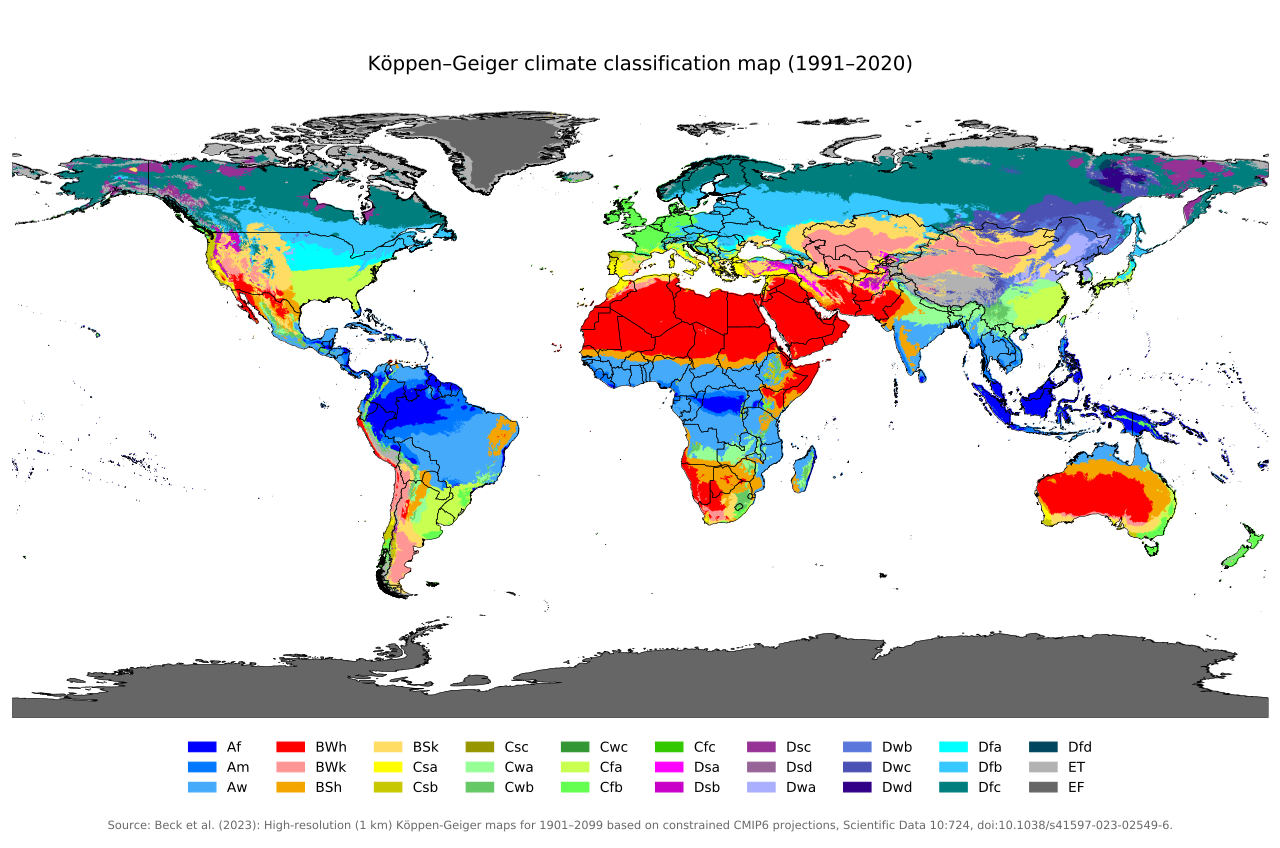What is the climate like in Texas? Texas is the second largest state in the United States, second to Alaska, encompassing almost 270,000 square miles and close to 200,000 miles of waterways.1Wikimedia Foundation. (2021, June 24). Geography of Texas. Wikipedia. https://en.wikipedia.org/wiki/Geography_of_Texas. The state of Texas alone occupies 7% of the land and water area within the entire country.2Wikimedia Foundation. (2021, June 24). Geography of Texas. Wikipedia. https://en.wikipedia.org/wiki/Geography_of_Texas With its size, it is no surprise the state is home to a variety of climates, including arid deserts and subtropics. Traveling across the state you’re sure to encounter a diverse range of landscapes from the swamps and wetlands near the Gulf Coast of Texas, to the hills in the Hill Country, and mountainous terrain in Far-West Texas. Let’s take a closer look at the different climate regions of Texas using the Köppen climate classification, one of the most widely used climate classification systems. The classification system contains five main climate groups based on seasonal precipitation and temperature patterns. The Köppen climate classification assigns three-letter acronyms (for example, Csb) to each distinct climate type. The first letter represents the climate group (for example with Csb, C=temperate). The second letter is used to identify the particular precipitation pattern of the area (for example with Csb, s=Mediterranean), and the third letter denotes average summer temperatures (for example with Csb, b=warm summer).3Wikimedia Foundation. (2021, June 26). Mediterranean climate. Wikipedia. https://en.wikipedia.org/wiki/Mediterranean_climate#Hot-summer_mediterranean_climate

Köppen-Geiger climate classification map.